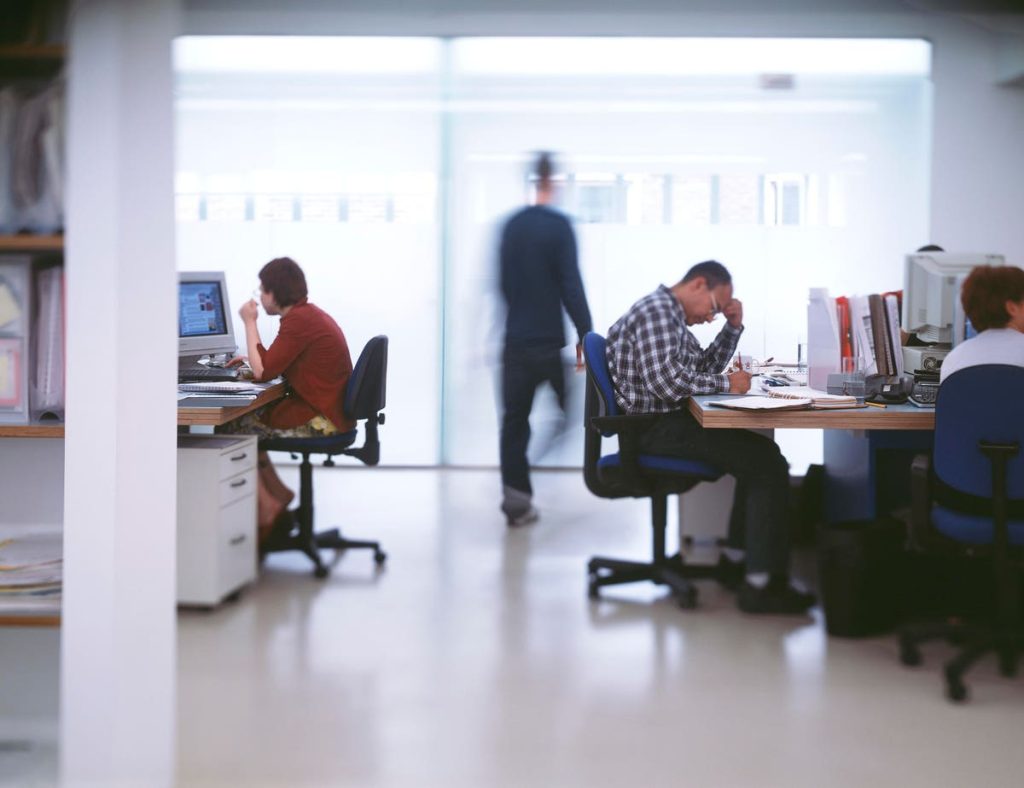During the pandemic, there was – understandably – a surge in interest around making buildings healthier for those who use them.
The need to improve indoor air quality and prevent the transmission of airborne viruses focused many people’s minds.
But now with the pandemic fading away and the prospect of more days back in the office, is the healthy buildings concept still a big issue.
The recent wildfires in America, Canada and Europe have certainly kept the issue of air quality in the news, and it seems that the demand for healthier places to work, rest and shop is not going away anytime soon.
The managing director of Khansaheb Industries, Abdulrahman Khansaheb said in an interview “we need buildings that address all aspects of our health”.
“I don’t think it’s a luxury or optional,” he told me.
“We need to move down that route. If we were to have, you know, a healthier population, it can contribute to our net zero obligations.”
A new survey conducted by Opiniumn for Khansaheb Industries’ Spiralite sustainable HVAC ductwork division found more than half of British workers (52%) have heard of Sick Building Syndrome.
The survey also found respondents believe the causes of sick building syndrome to be poor ventilation or poorly maintained air conditioning systems (60%), release of toxic chemicals from poorly maintained air condition systems (46%), and poorly maintained sewage systems (33%).
“We need to make sure that the buildings we live in are contributing positively to our health, because we spend more than 90% of our time inside,” said Khansaheb.
“Indoor air quality will address part of it, but not everything. I would like to think the concept of healthy buildings is about to enter its golden age.”
A report in June by the Finnish indoor nature technology company Naava also highlighted the growing demand for human-friendly offices.
According to the report, this demand will be driven by urbanization and hybrid working models.
Naava’s chief executive Arttu Salmenhaara said in a statement that he sees a future of work life where well-being-first workplace design is no longer just a “nice to have”, but an essential part of the employee-centric values of forward-thinking companies.
Manish Sharma, vice president and chief product officer of Honeywell Connected Buildings, said via email that occupants are increasingly aware of the impact a building can have on both their well-being and the environment.
As a result, he added they expect positive changes to be made.
Sharma quoted a 2023 study by Honeywell, which found that more than nine in 10 surveyed workers (91%) would forego job perks if the cost were reinvested in reducing their workplace’s environmental impact.
The same survey found workers were nearly unanimous (97%) in saying they would take action if their employer didn’t make an effort to maintain a healthy indoor environment.
He added these findings show a considerable percentage of workers want a workplace that offers better indoor air quality and has less of an impact on the environment.
“The good news is these goals are not mutually exclusive and ready-now solutions exist to help make this a reality,” Sharma told me.
He added with more extreme weather situations occurring, like widespread wildfires, impacting both the outdoor and indoor air quality, intelligent and advanced technology will be critical to helping provide a healthier environment to building occupants.
“In situations where outdoor air is not conducive, buildings must depend on sophisticated and automated sensing, filtration, air purification, and air circulation systems to promote safer air quality,” said Sharma.
“The question then arises: how many buildings can presently claim to possess such capabilities?”
Read the full article here










